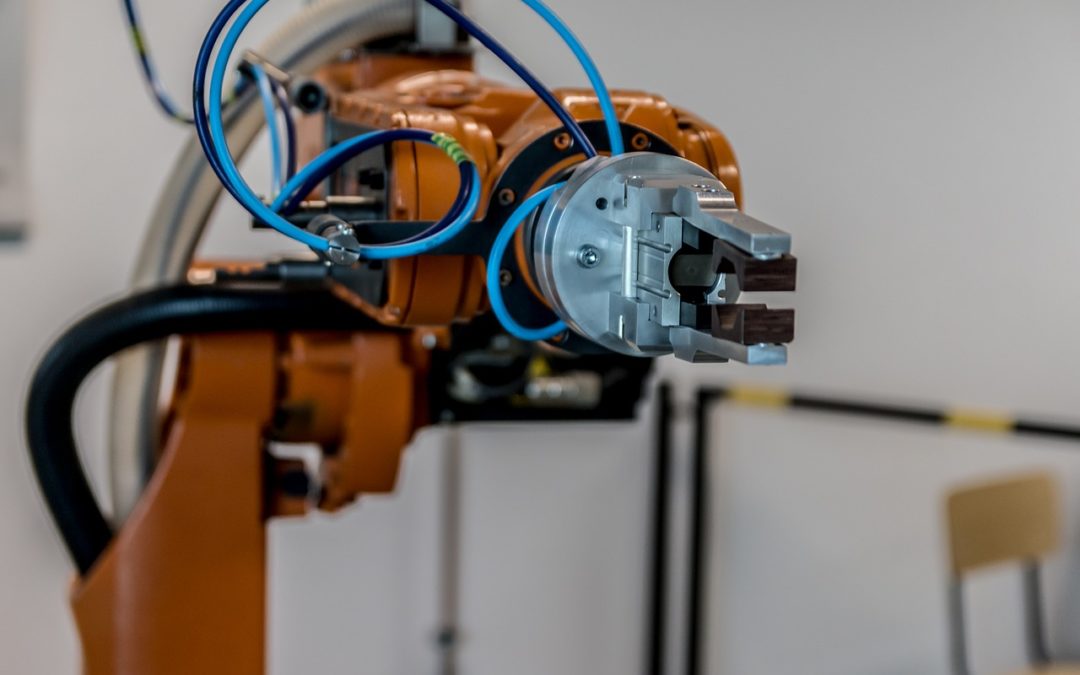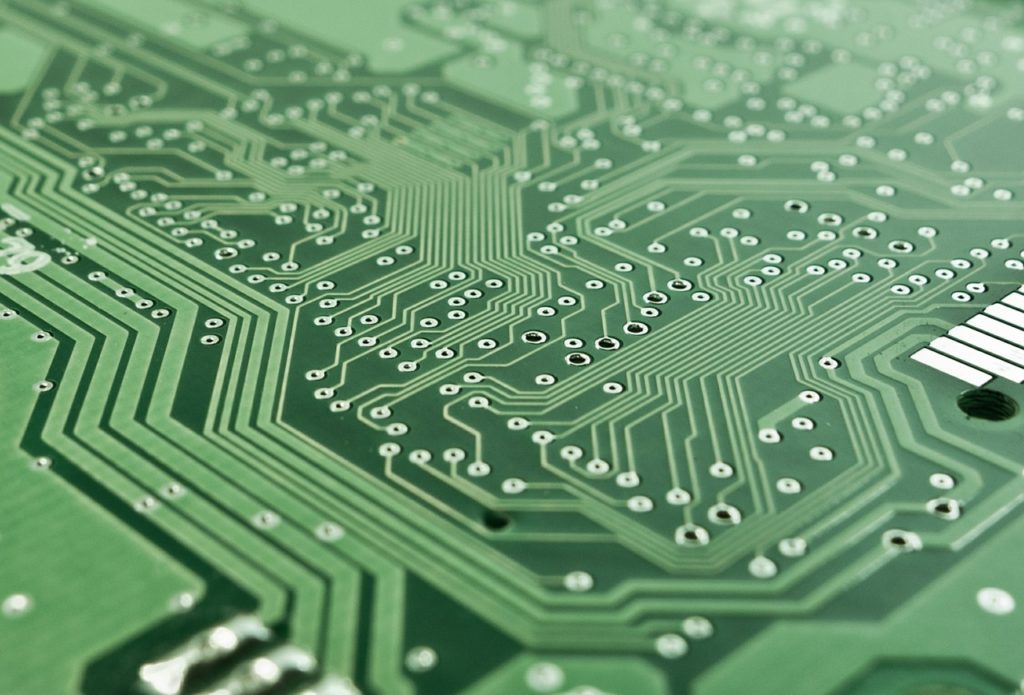The fascinating field of robotics has evolved a lot during the last few decades, but the roots of automation can date back to ancient Greece, when one of its engineers created Pneumatica and Automata. There is substantial evidence in history about the presence of hundreds of machines capable of automated movements
The era of modern robotics started in the 1940s when a British engineer named William Grey created two robots by assembling simple electronic devices. Those robots had selected human-like behavior. Later in the 1950s, the first digital programmable robot called Unimate was created by George Devol. He also co-founded the world’s first robotics company.
Now, with modern technologies, the soar of artificial intelligence, and the advanced tools at our disposal, robotics is more than ever a major area of research and development of our era.
Accuracy, Strength, Agility: Robots are Now Used in a Lot of Fields
Robots are widely used in several industries around the world. Due to their precision and focus, they can be preferred over humans in performing various tasks requiring extreme accuracy or strength, or for dangerous tasks.
Healthcare
The healthcare industry is revolutionized with the introduction of robotics. Several medical procedures that need precision and minimal damage can be performed by robots with efficiency. These robots are not designed in a way not to completely replace healthcare professionals, but rather, to help them out and to make their tasks a bit easier.
Agriculture
The agriculture industry has also seen a significant advancement in robotics technology. The entry level of agricultural robotics includes tractors and harvesters with GPS guidance and efficient seed distribution. At an advanced level, drones are used for analytics and land and soil monitoring for optimal results. The robots have made a farmer’s work less tiring, yet more productive.
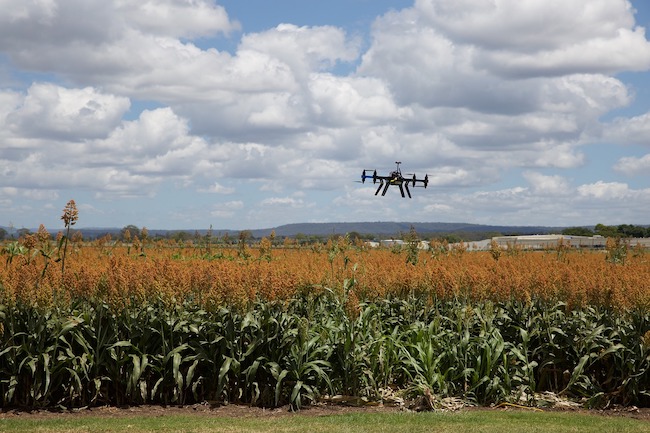
Food and Beverages Industry
Soft robotics is a great advancement in the food and beverages industry. These robots are made from highly compliant materials and are perfectly safe for use in this industry. Robot chefs are also developed in order to prepare specific meals in lesser times and with professional level perfection.
Customer Interaction, Retail, and Travel
Robots are now used in some stores, hotels, or even as city guides to welcome guests and customers. They can answer questions and interact as programmed.
Manufacturing Industry
The manufacturing industry has one of the longest recorded histories of using robots in their process. In the past, human intervention was considered necessary with machines, and there was always a guaranteed margin of error. With the presence of robots on the assembly lines, things have changed. There are minimal errors and maximum efficiency with better productivity.
Defence
The military is always years ahead of civilian technology, and that is also the case with robotics. Aerial robots are the main focus of military technology. Drones can reach thousands of miles across the globe without any pilot inside them, and they are used by the military for reconnaissance and several other purposes. This is one of the main concerns as per ethics and regulation.
Newer Areas of Research
With the soaring of specific technologies such as artificial intelligence and natural language processing, some areas of research that did not seem totally possible a few years ago are now at the center.
Human-Robot Interaction
All over the world, laboratories and companies are working on the human-robot interaction. Robots able to interact with humans in natural language can perform day-to-day tasks with ease. However, there are certain ethical implications which are not yet answered, and several questions are raised among the experts about a certain code of ethics.
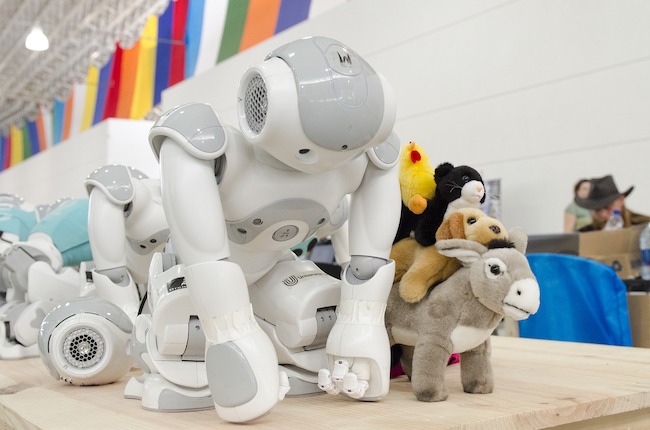
Soft Robotics
This field of robotics research deals with creating robots from highly compliant and patented materials. The purpose of these robots would be for use in the food and beverages industry, retail, and manufacturing.
Wearable Robotics
The research and development of efficient robotic devices which are wearable by humans and help enhance their motion or physical abilities fall into the category of wearable robotics. There are hundreds of prototype exoskeletons created by companies across the world. A few of them are also commercially available.
Aerial Robotics
Creating flying robot devices equipped with certain sensors or movements to perform complex tasks or analysis is called aerial robotics. Drones are an example of aerial robots. Besides flying them for fun, drones are used for water health monitoring, soil health monitoring, agricultural purposes, and reaching remote places where it is difficult for humans to reach.
Evolution of Artificial Intelligence and Robots
Artificial intelligence, with the fields of machine learning, deep learning, unsupervised learning, and neural networks, for example, has seen a lot of development in the recent years, and robotics has also benefited from the revolution.
Robotic vision or robotic perception is only possible thanks to AI. Robots are able to identify objects easily.
Machine learning has partly led to modern robotics. Analyzing data sets, recording them, and learning from previous experiences/data sets is another revolutionary advancement in robotics.
Recently, there has been a lot of research and development on self-driving cars in all of the constructors like Toyota, Renault Nissan, Ford, BMW, etc., and new actors of the field like Tesla or Uber and the GAFAM. Autonomous vehicles and drones development are just the tip of the iceberg. Some studies announce the arrival of autonomous trucks, taxis, buses, and maybe even trains in less than ten years.
IBM introduced a modern industrial application named Industry 4.0.. It is an advanced “cognitive factory” concept where AI and robots work in conjunction with each other to predict better outcomes and prevent possible failures right from production to transportation.
In 2017, the world’s first robot citizen named Sophia was created. Saudi Arabia gave its first ever robot citizenship to Sophia. Her AI program is able to analyze speech and produce a better response based on previous experiences. Recently, this humanoid was given a job in marketing as an entity worker.
The applications of AI in robotics are only limited by imagination. Looking at the current development, this industry is clearly at its prime, and there is a vertical curve of progress which won’t stop anytime soon.
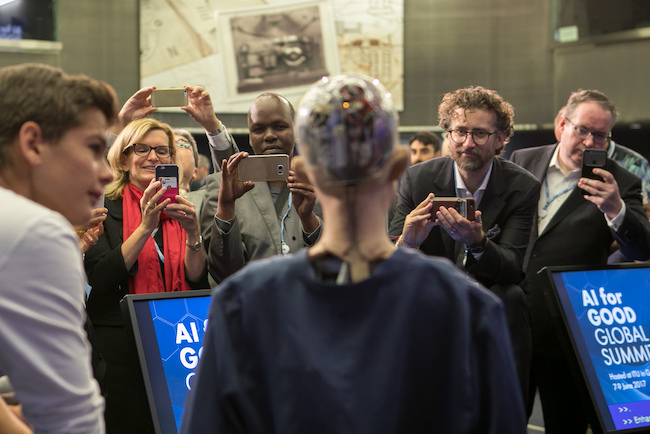
Ethical Issues
With the development of robotics and the huge impact of their introduction in our daily lives, some questions are raising among the public, politics, and companies.
Robotics is one of the top priorities of modern corporations. Creating intelligent, interacting robots to surpass humans in some tasks has always been a challenge for researchers and scientists. Economically, it is a high valuated market expected to grow substantially. But the resulting implications could affect everyone from cab drivers to financial analysts, bankers, lawyers, and doctors. Robotic warfare is also a looming ethical issue with by many critics around the world.
Despite a rapid development in robotics, there is no official and detailed code of conduct about it. If it stays that way, it will have several negative implications in the foreseeable future. Robots can be used to do more harm than good if there is not a proper code of ethics.
Although there is an ISO 10218 document for industrial robots code of ethics, it is not comprehensive enough to address the modern development in the field. The European Commission is willing to prepare a special regulation of the use and to make recommendations in order to minimize the negative impacts. We also obviously think about the Montreal Declaration for a Responsible Development of Artificial Intelligence. However, it seems complicated for a lot of observers to regulate country by country and not worldwide.


